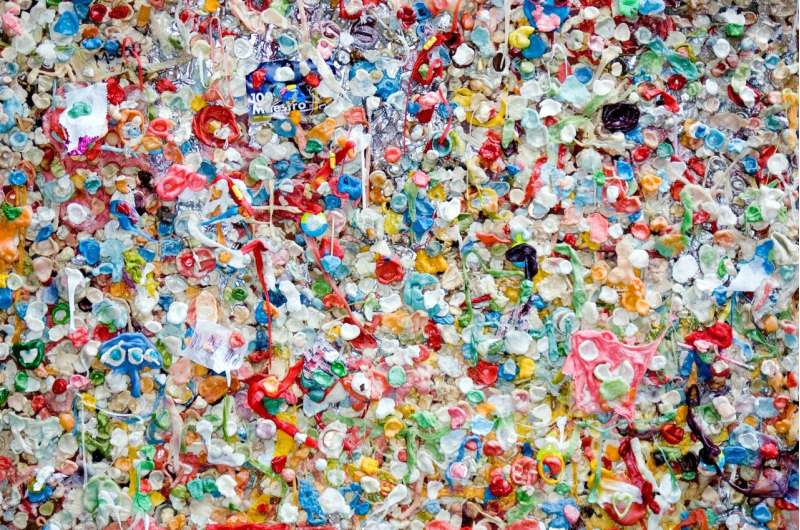Credit: Unsplash/CC0 Public Domain
A team of researchers from the University of Hull and Castle Hill Hospital, both in the U.K., has identified minute particles of plastic in lung tissue removed from live human patients, marking the first time such materials have been observed in living human patients. The group has published a paper describing their findings in the journal Science of the Total Environment.
Prior studies have shown that plastics of all sizes have been winding up in places all across the planet. More recently, studies have found tiny bits of plastics in animals and in humans. Such particles have been found in the spleen, kidneys and liver of both live and deceased humans. And just last month a team in the Netherlands reported finding microplastics in the bloodstream of a live human patient. In this new effort, the researchers report having found microplastics in lung tissue taken from live patients in a hospital.
Suspecting that micro-sized bits of plastic might be inhaled by some people, the researchers worked with surgical teams at Castle Hill Hospital and their patients. The patients were undergoing surgery for treatment of various lung ailments and agreed to allow tissue removed from their lungs during surgery to be examined by the research team. Under such an arrangement, the research team was able to collect 13 samples, each of which went under the microscope. They found bits of plastic in 11 of them.
In studying the bits of plastic, the researchers found 12 different kinds, including those used in common household applications, such as clothing, packaging and bottles. But most surprising was where the plastic bits were found. In addition to the upper part of the lungs, where such particles would be expected to collect, the team found them in the lower regions. This was surprising because the airways in such parts of the lungs are much smaller, making it much more difficult for particles to reach them. The researchers were also surprised to find higher levels of the plastics in male patients as opposed to female patients.
The researchers note that no one really knows what impact the tiny bits of plastic might be having on the body and the health of the people who have them, but suggest that more research will undoubtedly be done to find out.
More information: Lauren C. Jenner et al, Detection of microplastics in human lung tissue using μFTIR spectroscopy, Science of The Total Environment (2022). DOI: 10.1016/j.scitotenv.2022.154907
Journal information: Science of the Total Environment
© 2022 Science X Network
























